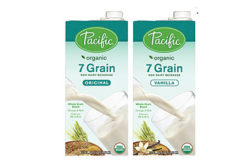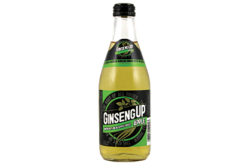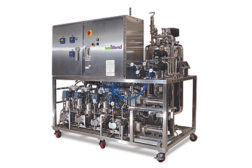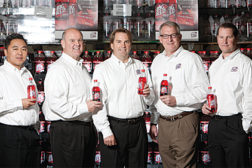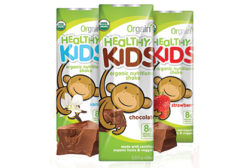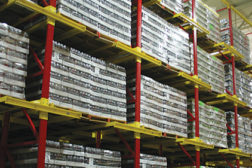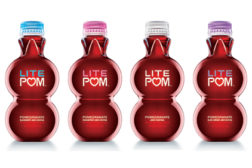Articles by Jessica Jacobsen
Blend trends spark processing innovations
Sweeteners, flexibility influence processing automation
March 11, 2012
Big future in store for Big Red
Beverage-maker ramps up expansion of flavored CSDs
February 13, 2012
Children's drinks address growing concerns
Children’s drinks leverage natural, reduced sugar claims
February 13, 2012
Warehouses cope with growing pains
SKU proliferation, increased efficiencies impact storage
February 13, 2012
Superfruits expand beyond exotic varieties
Nutrient levels highlight more fruits under superfruit umbrella
January 12, 2012
Elevate your expertise in the beverage marketplace with unparalleled insights and connections.
Join thousands of beverage professionals today. Shouldn’t you know what they know?
JOIN NOW!Copyright ©2024. All Rights Reserved BNP Media.
Design, CMS, Hosting & Web Development :: ePublishing
